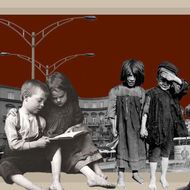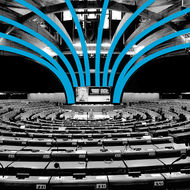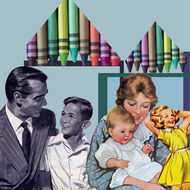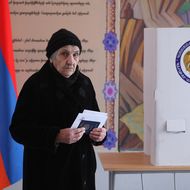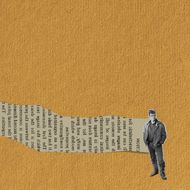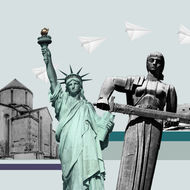Search articles
Search results for
Protecting the Environment, One Beauty Product at a Time
By Kushane Chobanyan
With the global market value of natural cosmetics steadily rising over the past decade, a number of Armenian companies have begun to create a niche and secure a strong customer base for natural beauty products made in Armenia.
Providing Shelter, Hope and a Future
By Kushane Chobanyan
Protecting the most vulnerable in society is one of the most important roles of the state. There are people, however, like Mira Antonyan, the director of FAR’s Children Support Center Foundation, who for many years, along with others, shouldered that burden.
Putting an End to Proxy Wars
By Benedikt van den Boom
For years, Armenia and Azerbaijan have hijacked debates in the Council of Europe, while their European colleagues roll their eyes and get on with business. Benedikt van den Boom, a political analyst, makes the case for a constructive Armenian strategy at the Council of Europe, which opens the way for achieving Armenia’s political objectives.
Quelling the Stormy Sea: A Child Finds Home
By Kushane Chobanyan
Nine centuries ago, Armenian scholar Mkhitar Gosh enshrined the rights of children in the Armenian national discourse. Protecting the rights of children, ensuring their care, education and health is the responsibility of the family and the state. Today, as in the past, it is also the love of others that can make all the difference.
Quo Vadis, Armenia?
By Fernando Casal Bértoa
With the stroke of a pen on one of nine ballots, Armenians will be heading to the polls to elect the party, or bloc of parties, that will govern the country for the next four years and, indirectly, also the person who will become president until 2025.
Rainbow Hysteria: How LGBT Issues Became a Mainstream Topic of Conversation
By Kyle Khandikian
LGBT people and issues became a mainstream topic of conversation last year in Armenia, much to the fanfare, or perhaps due to, the former ruling elite, and a public glued to social media.
Re-reading Philip Marsden’s “The Crossing Place: A Journey Among the Armenians”
By Naneh Hovhannisyan
Philip Marsden’s “The Crossing Place: A Journey Among the Armenians” is atmospheric, gripping and revelatory. It delves into the seemingly exclusive club of a nation at the meeting point of cultures, writes Naneh Hovhannisyan.
Records, Discourses and Memories: Narrating the First Republic
By Varak Ketsemanian
As Armenians prepare to mark the centennial of the First Armenian Republic (1918-1920), Varak Ketsemanian writes that there seems to be little consensus regarding its true meaning, its contested legacy and the various forms through which it should be commemorated.
Redefining Home: Overcoming Feelings of Unbelonging in Children of the Diaspora
By Mariam Vahradyan
Suspended between two worlds, many Diasporan youth struggle with the question of belonging and the looming discomfort of never feeling able to maneuver through either culture.
Rediscovering the Body: The Painful Birth of Post-Soviet Performance Art
By Varduhi Kirakosyan , Vigen Galstyan
Although performance art has practically disappeared from the contemporary art scene as an autonomous medium, early practitioners had a profound impact in changing perceptions of the body in Armenia’s post-independence culture.



